

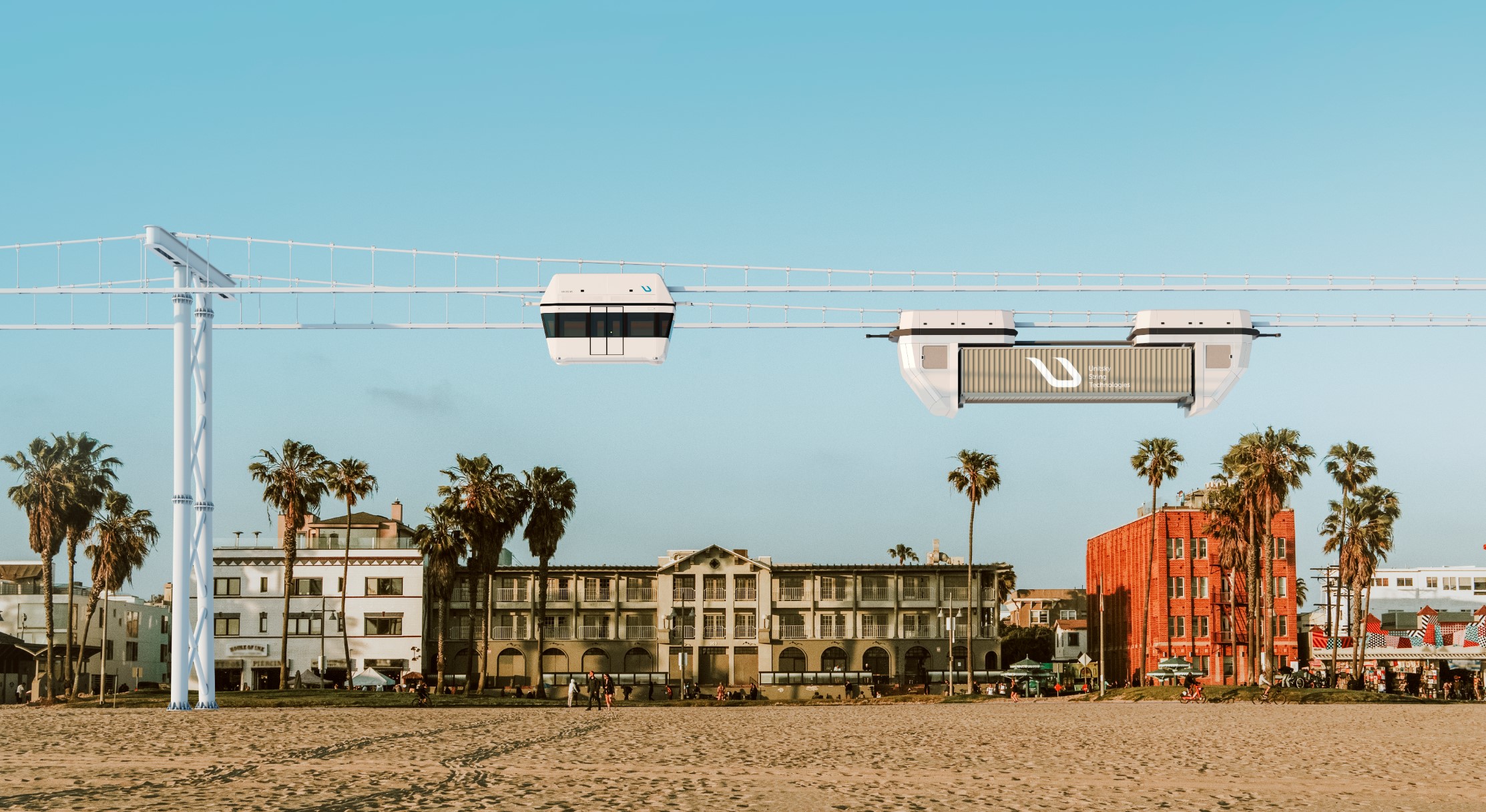
A high-speed railway is under construction in the densely populated state of California. The plan aims to provide fast and eco-friendly passenger transport between the major cities of Los Angeles and San Francisco. However, the project’s implementation is hindered by its high cost – approximately $130 billion. Additionally, the completion timeline is impressive, stretching into the mid-21st century. Notably, the uST transport and infrastructure complexes could address these challenges at a significantly lower cost. Let’s explore why.
Today, traveling the nearly 620-kilometer distance between Los Angeles and San Francisco can be done by car or bus, taking approximately 6-8 hours. An environmentally unfriendly airplane can cover the distance in an average of one and a half hours, but this does not account for the time spent traveling to and from the airport and going through pre-flight procedures. A train journey takes nearly 11 hours and operates only once a day, as existing railway lines are occupied by slow freight trains.
In theory, a high-speed rail system would enable travelers to get from one metropolis to another in less than 3 hours. It would also reduce СО2 emissions by decreasing the number of vehicles on the roads and the number of air flights. But how realistic is such a project?

Construction of the high-speed rail began in 2015, and engineers immediately faced unforeseen challenges. Firstly, they decided to route the railway not along the Pacific coast but in the middle of the state, where development is less dense. This increased the length of the route. Secondly, acquiring land from local farmers proved difficult, as they were not always cooperative and often resorted to legal action, insisting on selling entire plots rather than just the land needed for the railway. Thirdly, the route is being constructed in a seismically active area, which necessitates more complex and expensive engineering solutions for safety.
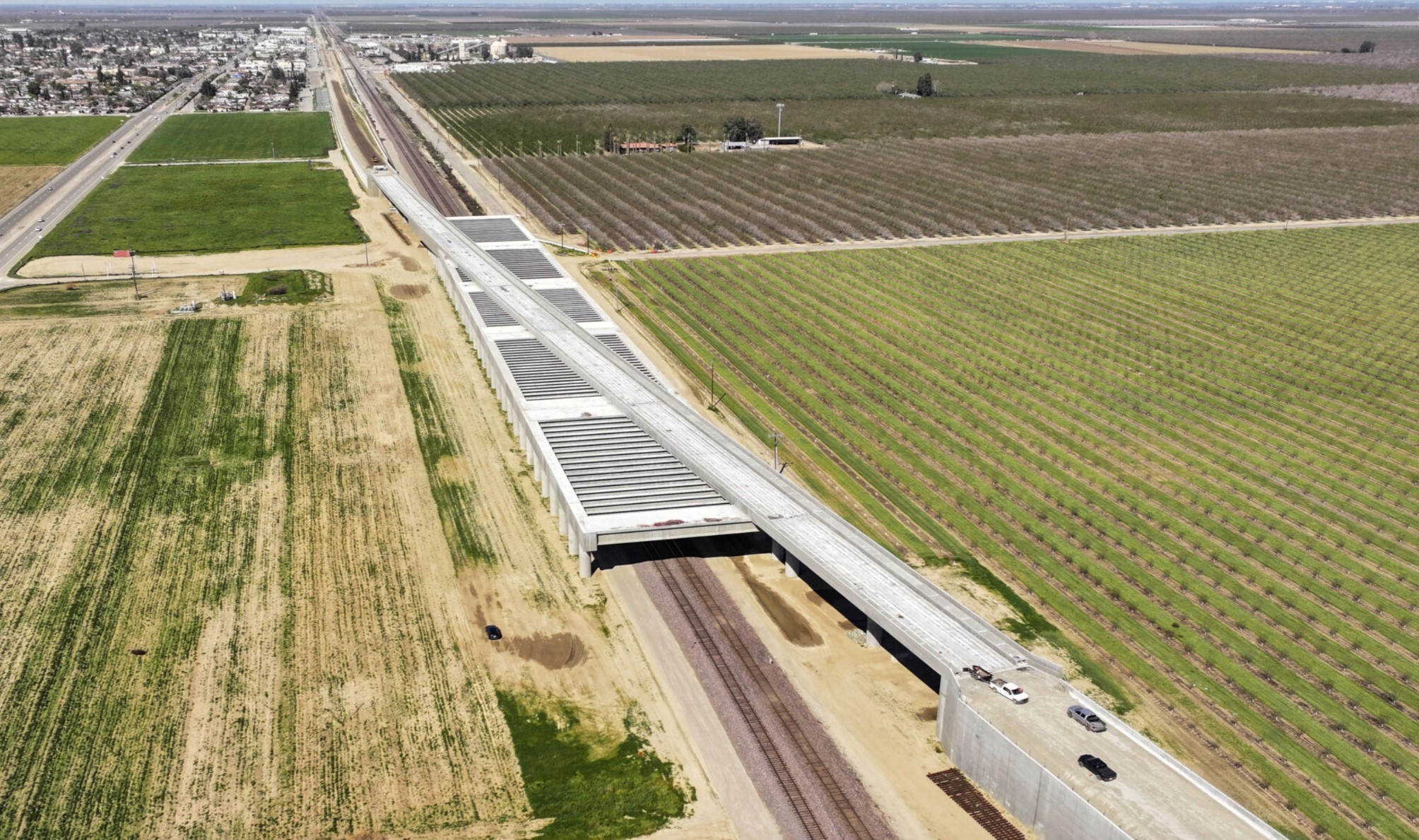
All these factors have driven up the costs of building the high-speed rail. While initial estimates for construction were around $40 billion, now the sum has grown to $130 billion. The project’s cost has tripled, even by the most conservative estimates!
The construction timeline has also been extended. According to the latest data, the first segment of the railway, measuring 275 km, is expected to be completed by the early 2030s, while the entire high-speed rail system may not be finished until the middle of the century, at best. Californians are already questioning the feasibility of this project, and further funding is in doubt.
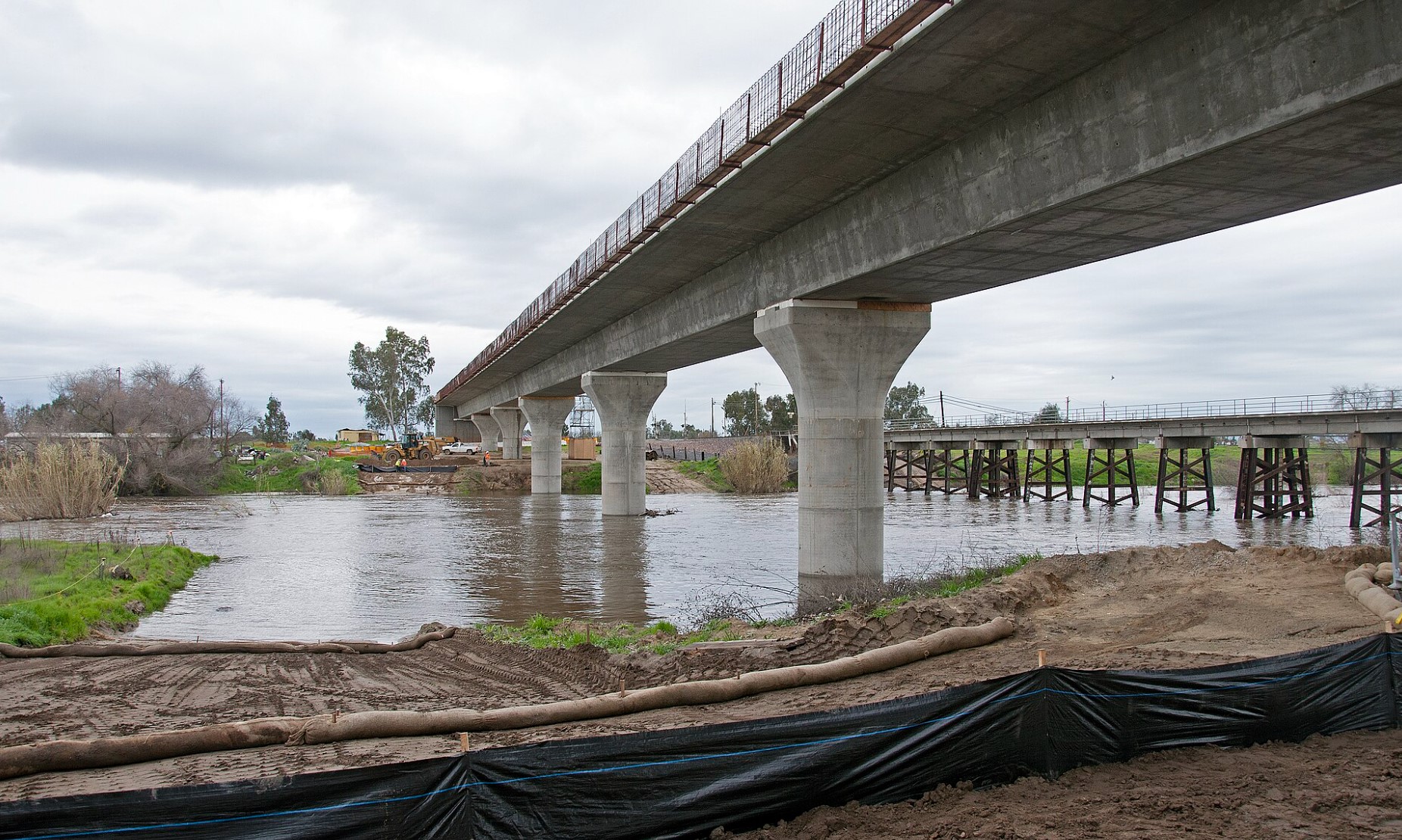
Is there a solution that meets the emerging demand but is less costly? Such transportation options are offered by Unitsky String Technologies Inc. In the uST high-speed complexes, unmanned electric vehicles on steel wheels (uPods) can transport passengers at speeds of up to 500 km/h – faster than the planned high-speed rail. Moreover, uST complexes are equally convenient and eco-friendly, but their implementation costs will be significantly lower. The cost of construction of 1km of uST transport overpass will be about $10 million. There are several reasons for this.
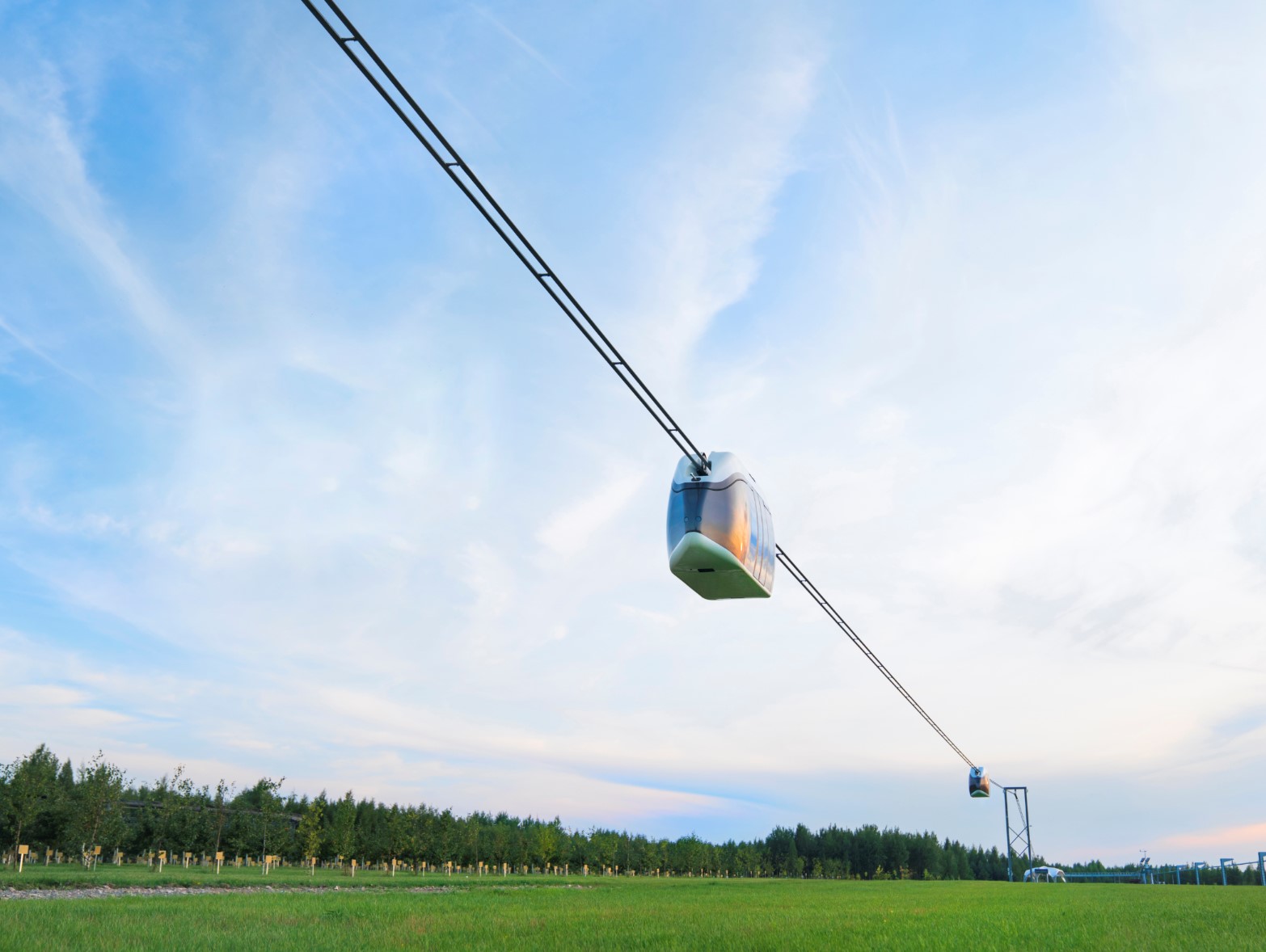
The uST complex requires minimal land allocation – only for the track structure supports, which can be spaced several kilometers apart. There will be no need to acquire large land plots for the construction of the route.
The uST solution features low material intensity in its designs and does not require the construction of bridges, interchanges, or drainage structures. This not only reduces construction costs but also shortens the timeline for completion.
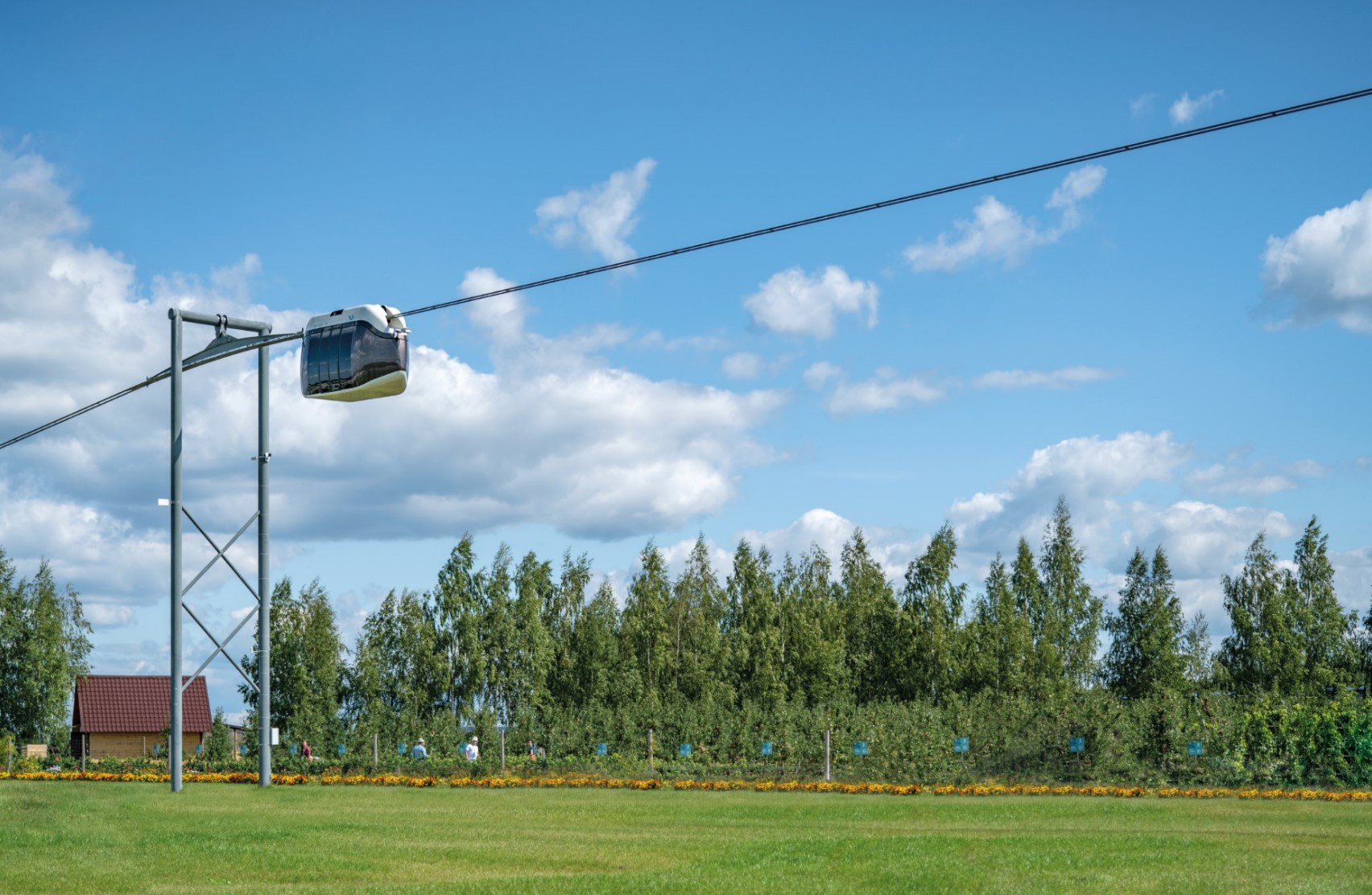
uST complexes can be easily integrated into densely populated urban areas. The elevated string rail track structure can run above residential and industrial buildings, roads, green spaces, and waterways, following the shortest route. There will be no need to extend the length of the route, which means construction costs will not rise.
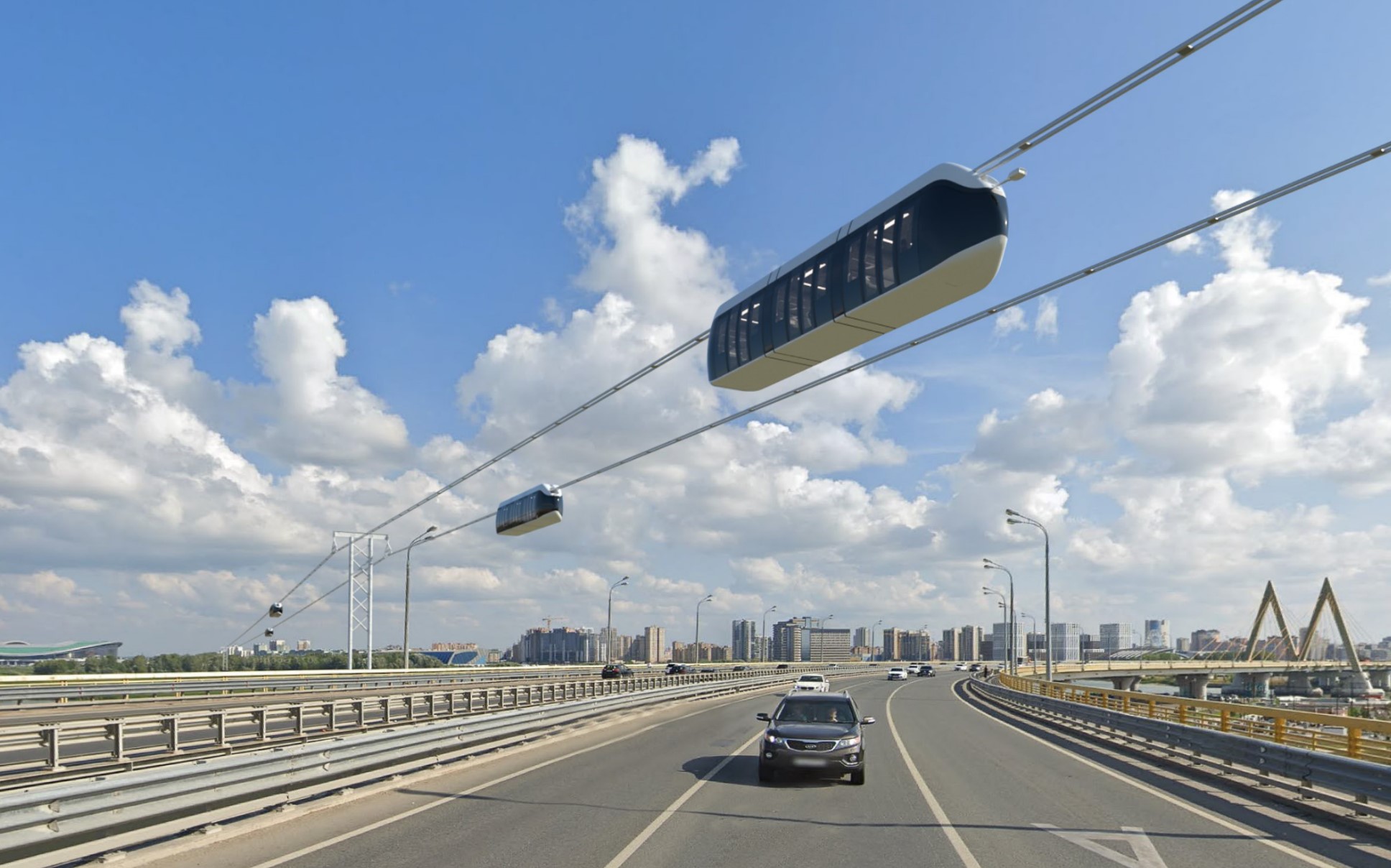
The uST solution is suitable for regions with high seismic activity. The string rail overpass is maximally resistant to earthquakes due to its prestressed strings. The supports can be installed on almost any terrain without complicating existing engineering solutions or requiring massive foundations.
As we can see, launching high-speed transportation in California is quite feasible without unprecedented financial investments. The high-speed solutions from UST Inc. allow for the establishment of fast, eco-friendly, and safe transport over any distance along the shortest route, without requiring substantial material or time resources.
This form asks for your consent to allow us to use your personal data for the reasons stated below. You should only sign it if you want to give us your consent.
Who are we?
The name of the organisation asking you for consent to use your information is:
Global Transport Investments
Trident Chambers, P.O. Box 146, Road Town
Tortola
British Virgin Islands
We would like to use the following information about you:
Why would we like to use your information?
Global Transport Investments would like to send this information to company registry, inform you about its news, for refund purposes.
What will we do with your information?
We store your name, address, ID Data, date of birth into company registry. We will share your e-mail & phone number with IT Service (https://digitalcontact.com/), SMS Center (http://smsc.ru). They will add your details to their mailing list and, when it is news update, they will send you an email or sms with details. We store your credit card number for possible refunds.
How to withdraw your consent
You can withdraw the consent you are giving on this form at any time. You can do this by writing to us at the above address, emailing us at the address: [email protected] or by clicking on the unsubscribe link at the bottom of emails you receive.
This privacy notice tells you about the information we collect from you when you sign up to receive our regular newsletter via our website. In collecting this information, we are acting as a data controller and, by law, we are required to provide you with information about us, about why and how we use your data, and about the rights you have over your data.
Who are we?
We are Global Transport Investments. Our address is Trident Chambers, P.O. Box 146, Road Town, Tortola, British Virgin Islands. You can contact us by post at the above address, by email at [email protected].
We are not required to have a data protection officer, so any enquiries about our use of your personal data should be addressed to the contact details above.
What personal data do we collect?
When you subscribe to our newsletter, we ask you for your name and your email address.
Why do we collect this information?
We will use your information to send you our newsletter, which contains information about our products.
We ask for your consent to do this, and we will only send you our newsletter for as long as you continue to consent.
What will we do with your information?
Your information is stored in our database and is shared with with IT Service (https://digitalcontact.com/), SMS Center (http://smsc.ru). It is not sent outside of the Euro. We will not use the information to make any automated decisions that might affect you.
How long do we keep your information for?
Your information is kept for as long as you continue to consent to receive our newsletter.
Your rights over your information
By law, you can ask us what information we hold about you, and you can ask us to correct it if it is inaccurate.
You can also ask for it to be erased and you can ask for us to give you a copy of the information.
You can also ask us to stop using your information – the simplest way to do this is to withdraw your consent, which you can do at any time, either by clicking the unsubscribe link at the end of any newsletter, or by emailing, writing us using the contact details above.
Your right to complain
If you have a complaint about our use of your information, you can contact the Information Commissioner’s Office.
Rate and Comment
You can assess the importance of a particular publication and the level of its preparation. Share your opinion in the comments!